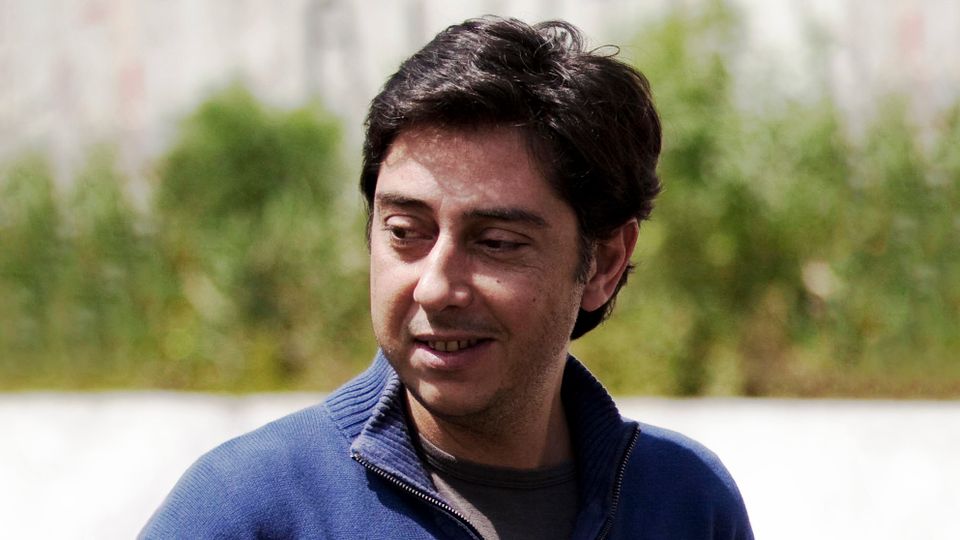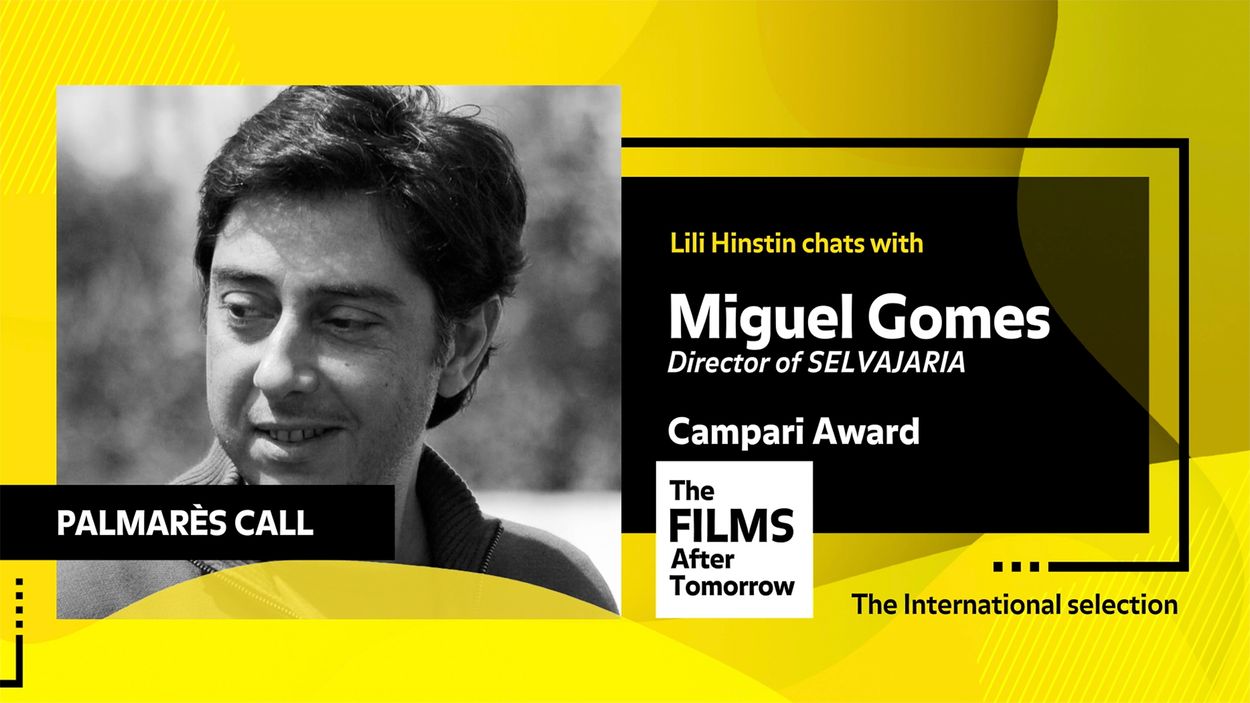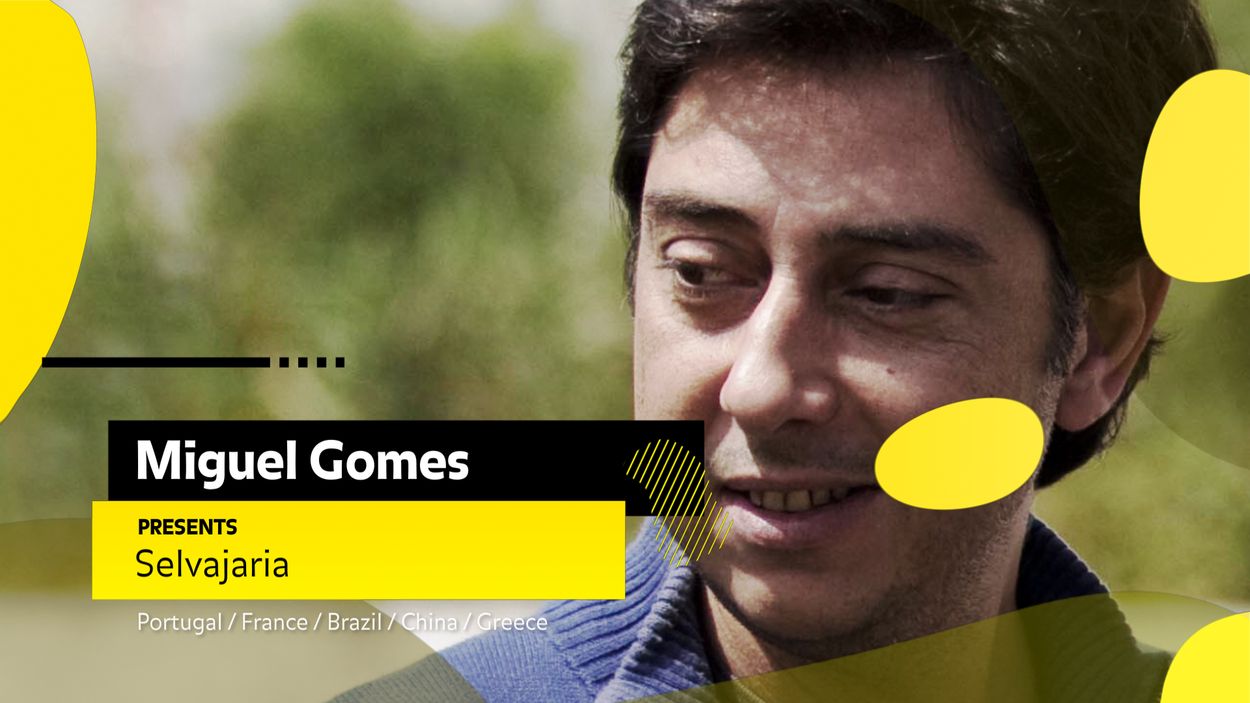Selvajaria
by Miguel Gomes
Portugal/France/Brazil/China/Greece
Produced by
O SOM E A FÚRIA: Luís Urbano
Shellac Sud
RT Features
Rediance Films
Faliro House

by Miguel Gomes
Portugal/France/Brazil/China/Greece
Produced by
O SOM E A FÚRIA: Luís Urbano
Shellac Sud
RT Features
Rediance Films
Faliro House

The imaginative gaze of filmmaker Miguel Gomes brings to the screen a fundamental text of Brazilian literature, Rebellion in the Backlands, Euclides da Cunha’s account of the 1897 war between the nascent Republic’s army and the native inhabitants of Canudos. This epic movie on the end of the symbiosis between humans and nature has faced major obstacles due to the complex political situation in Brazil, with a protracted pre-production phase that involves historical reconstruction of the village and close collaboration with the descendants of the Canudos. At present the production has been postponed due to the Covid-19 pandemic.
– Daniela Persico, Selection Committee


The 1980s were a golden decade for Portuguese film. It’s was a decade that began and ended with two masterpieces: Manoel de Oliveira’s Francisca (1981) and João César Monteiro’s Recollections of the Yellow House (1989). There were others, though, like José Alvaro Morais’ The Jester (O Bobo) from 1987. Although it won the Pardo d’oro in Locarno in that year, time did not grant him the international renown of the other two directors, and it’s a shame. The Jester is the film that depicts the climax of Portuguese cinema’s anti-naturalistic element. It is a kaleidoscope of gestures, words, sounds, mise-en-scène, scene transitions and shot junctions. Everything is operatic in The Jester. But there’s nothing grand about it, because it’s a comic opera. The film’s musicality, which is sensual, swinging and ironic, does not conceal the seriousness of the wounds. What is The Jester about? In essence, it’s about faithfulness and betrayals. But it’s also about love, the city of Lisbon, theater and film, the post-revolution hangover, the founding of the Kingdom of Portugal, and the end of the Portuguese Empire. The grandeur of all that is impossible to separate from the film’s production timeline: it started in 1978 and went on for years with rewrites, reshoots, reediting and a demanding sound editing process. The sound editing in The Jester struck me so much that I hired Vasco Pimentel as the sound engineer for my own films, after he had spent years working with José Alvaro Morais to create the incredible monaural symphony for that picture. Vasco told me he met with the director, the day after the Locarno awards ceremony, to write new dialogue for The Jester. After they returned to Lisbon with the prize, they kept working on the film, which wouldn’t premiere until 1991, 13 years after the end of principal photography.
– Miguel Gomes